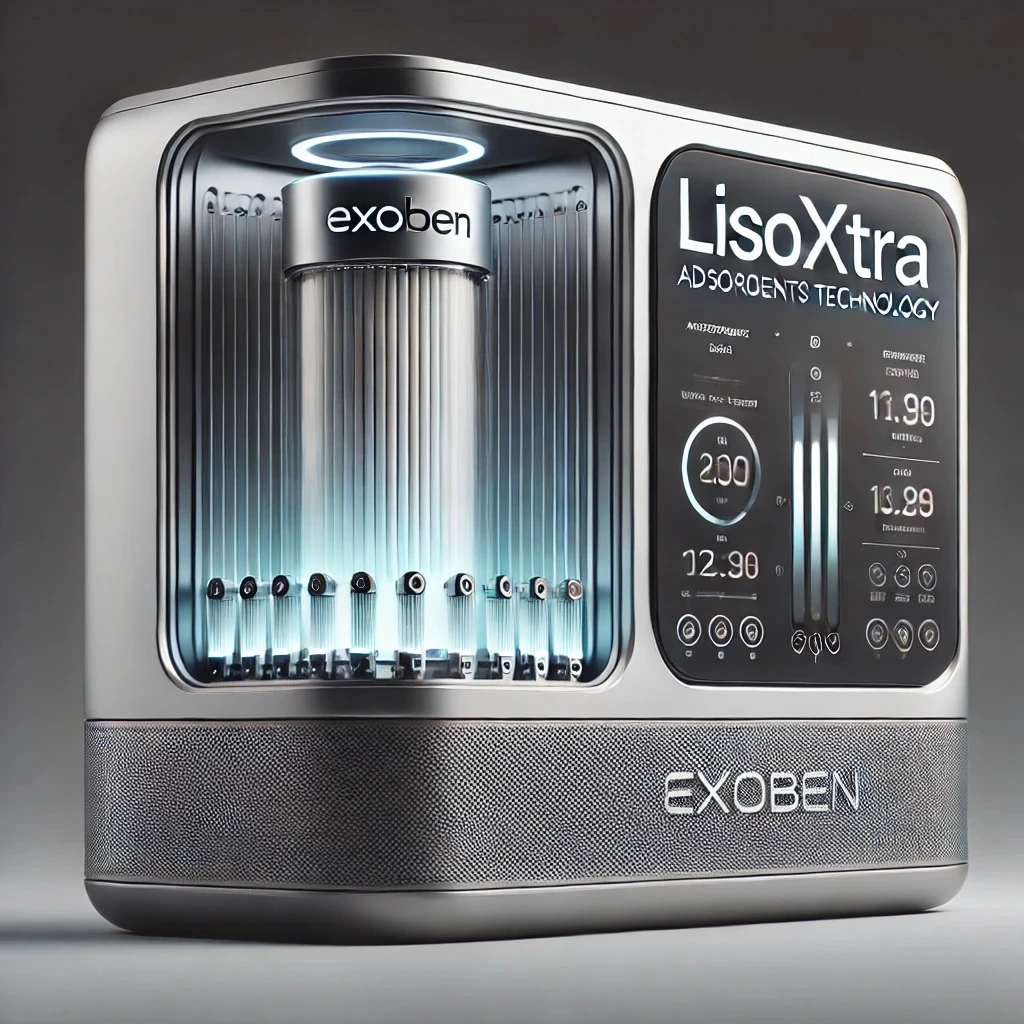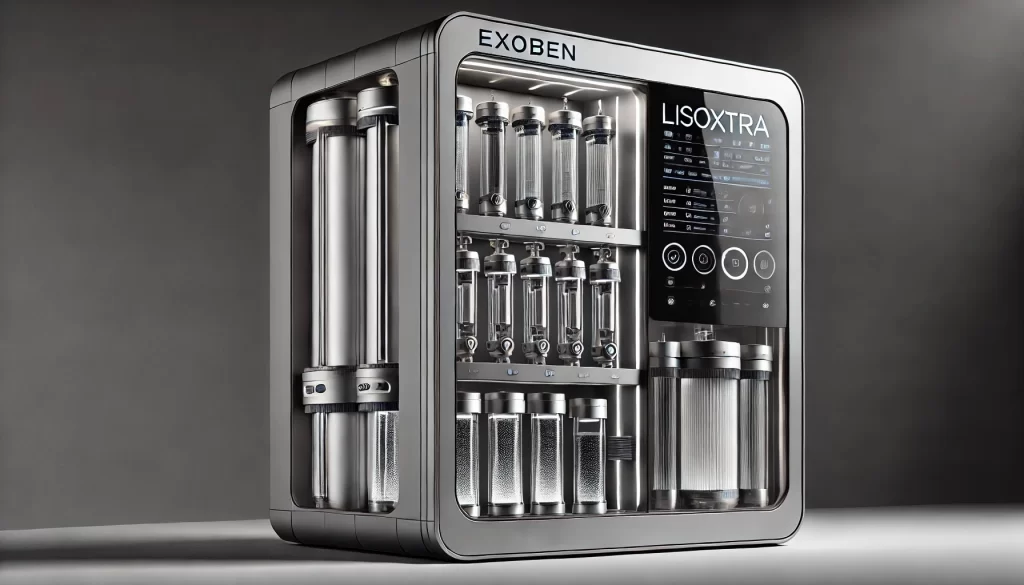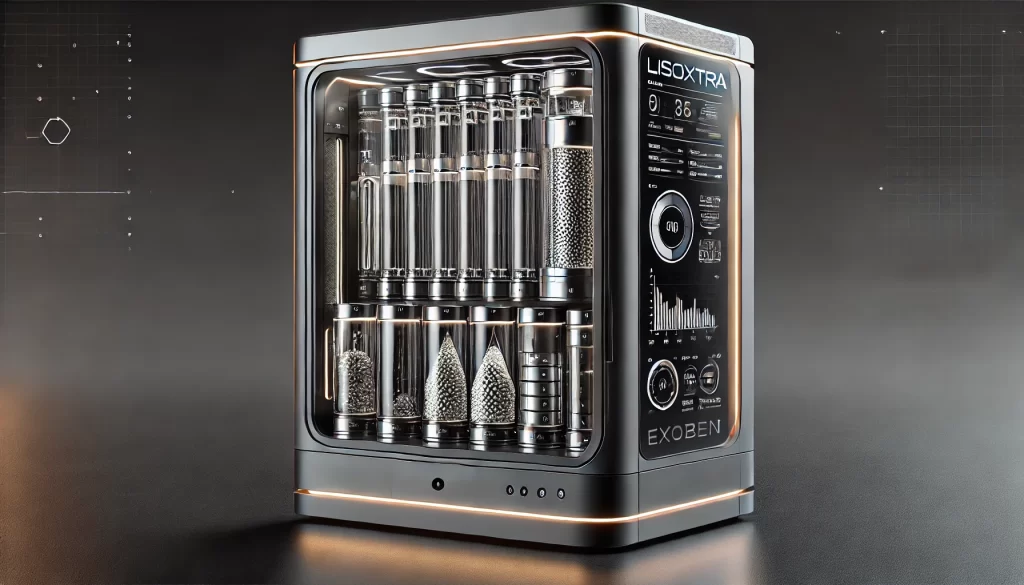Exoben Inc., based in Wilmington, Delaware, drives the global shift to sustainable energy with advanced energy storage, EV charging, and sustainable mining. Focused on innovation and sustainability, we are key players in the energy transition.
Powering the Future
800 N King Street Suite 304 1356 Wilmington, DE 19801 United States





